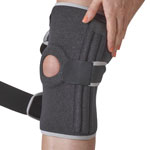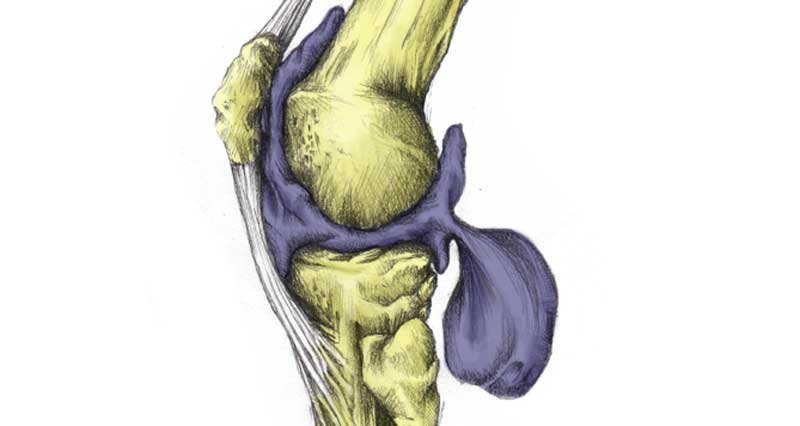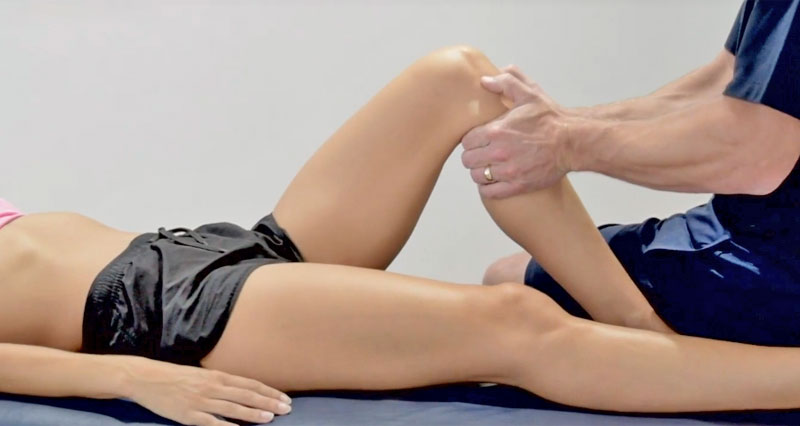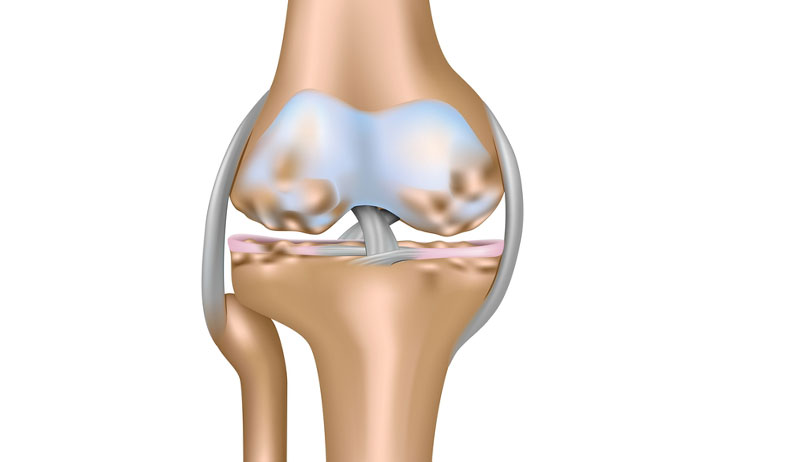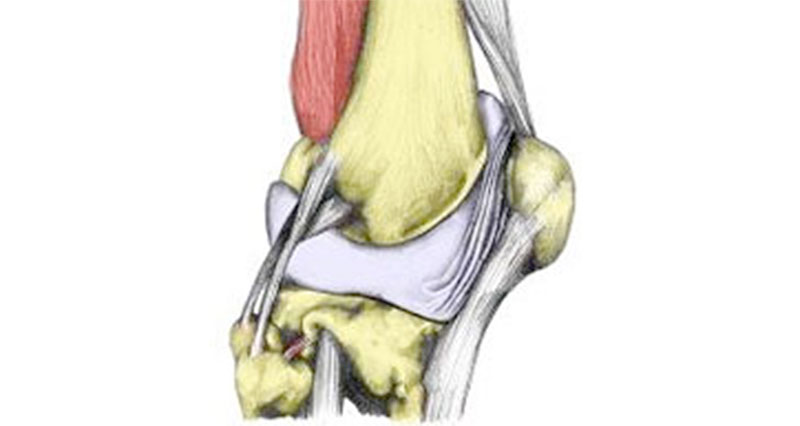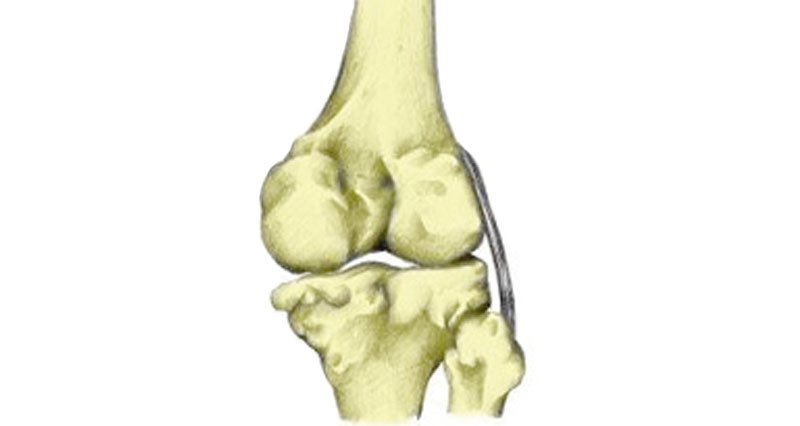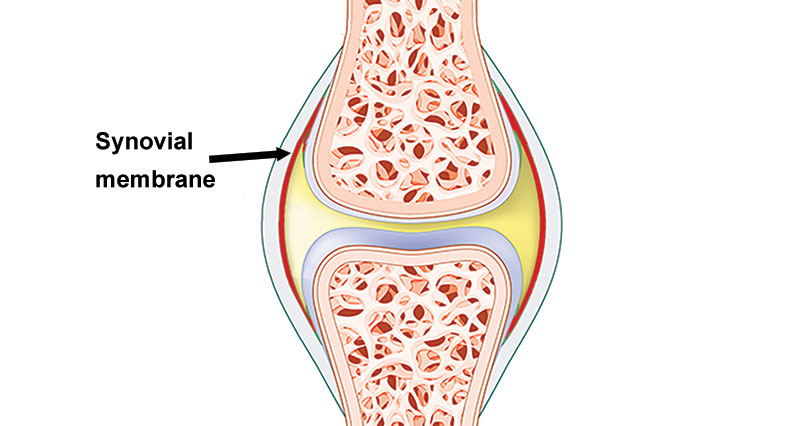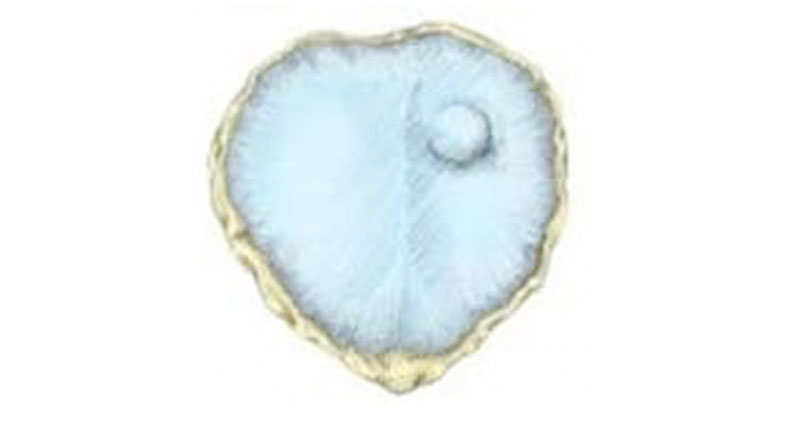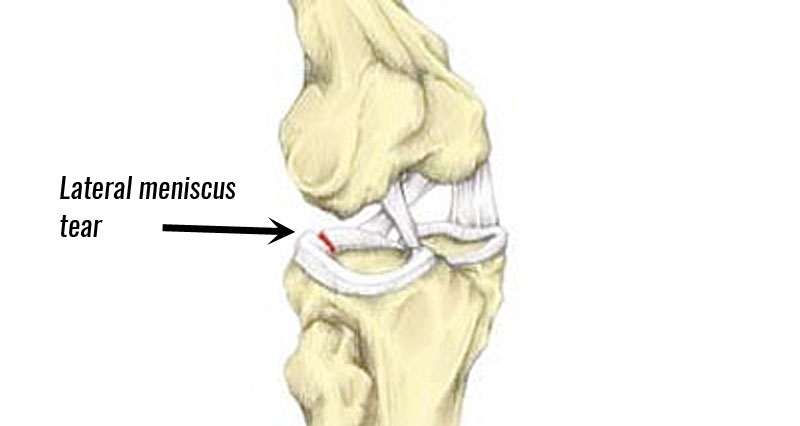Dislocation of the proximal tibiofibular joint is an injury to the joint where the shin bones (tibia & fibula) meet at the knee. It often occurs following an impact or a fall with the knee fully bent.
Medically reviewed by Dr Chaminda Goonetilleke, 21st Dec. 2021
Symptoms of tibiofibular joint dislocation
Symptoms include:
- Pain and swelling on the outer surface of the shin
- The head of the fibula may become more prominent, just below the outer surface of the knee
- Moving the ankle increases the pain in the knee
- You may be unable to weight-bear
What is the proximal tibiofibular joint?
The tibiofibular joint is a relatively immobile structure that joins the two shin bones; the fibula (outer) and the tibia (inner). It separates into two parts, the proximal or upper joint just below the knee and the distal joint which lies above the ankle joint.
The function of the joints is to limit the movement between the two shin bones. In particular from twisting movements of the leg. It comprises strong ligamentous bands. These bands pass diagonally between the tibia and the fibula.
Causes
Dislocation of the proximal tibiofibular joint occurs most commonly from impact or falling onto a bent knee, with the foot pointing inwards (inversion) and downwards.
This puts added strain on the muscles connecting the fibula to the foot and toes (e.g. peroneal muscles). Therefore, the fibula displaces forwards. If the force is sufficient it causes the joint to become dislocated.
This is different from a whole knee joint dislocation – where the thigh bone (Femur) and the Tibia become separated.
The peroneal nerve is also sometimes injured. Therefore it is important to treat a tibiofibular joint dislocation seriously.
Treatment of a tibiofibular joint dislocation
Rest and apply cold therapy as soon as possible. Avoid aggravating movements i.e. full flexion of the knee, inversion of the ankle. See a sports injury specialist immediately.
A sports injury practitioner can correctly diagnose the injury and advise on pain relief such as NSAIDs e.g. Ibuprofen. Dislocations from trauma are normally treated surgically. The surgeon fixes the two bones back together by inserting screws or a K-wire to keep them in place.
Following surgery, the leg is normally immobilized in a cast for up to 6 weeks. Once the cast is removed a rehabilitative exercise program should be maintained to aid full recovery.

